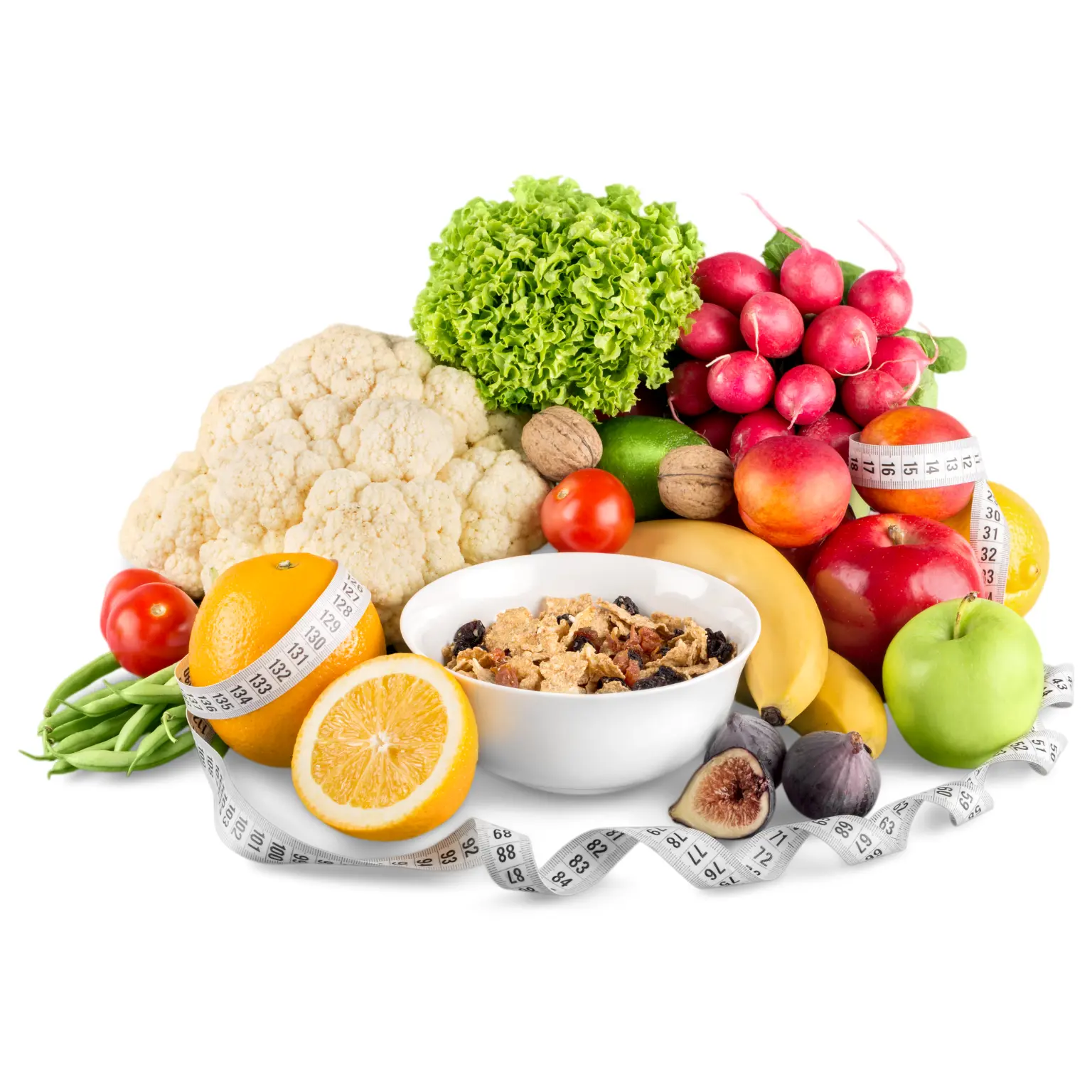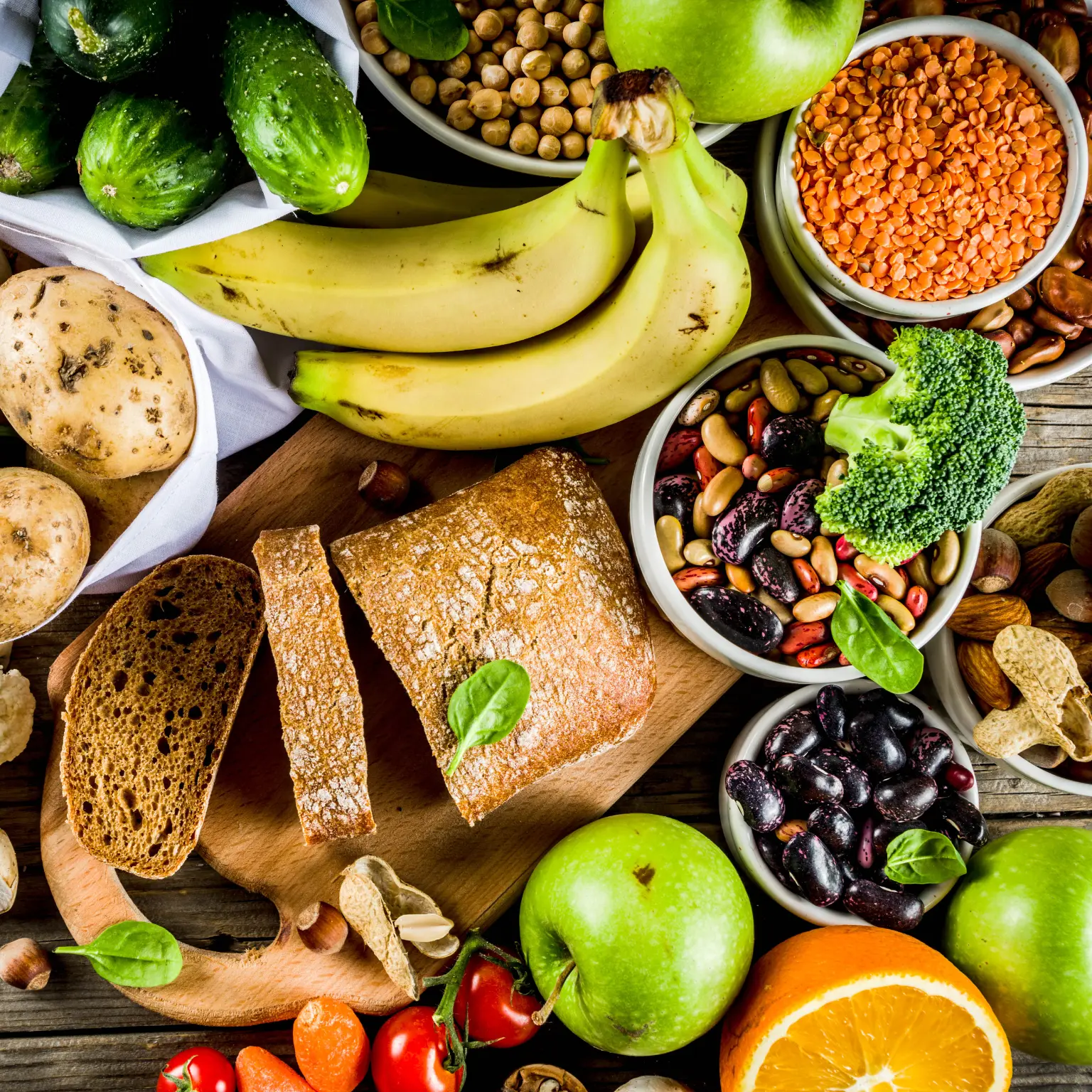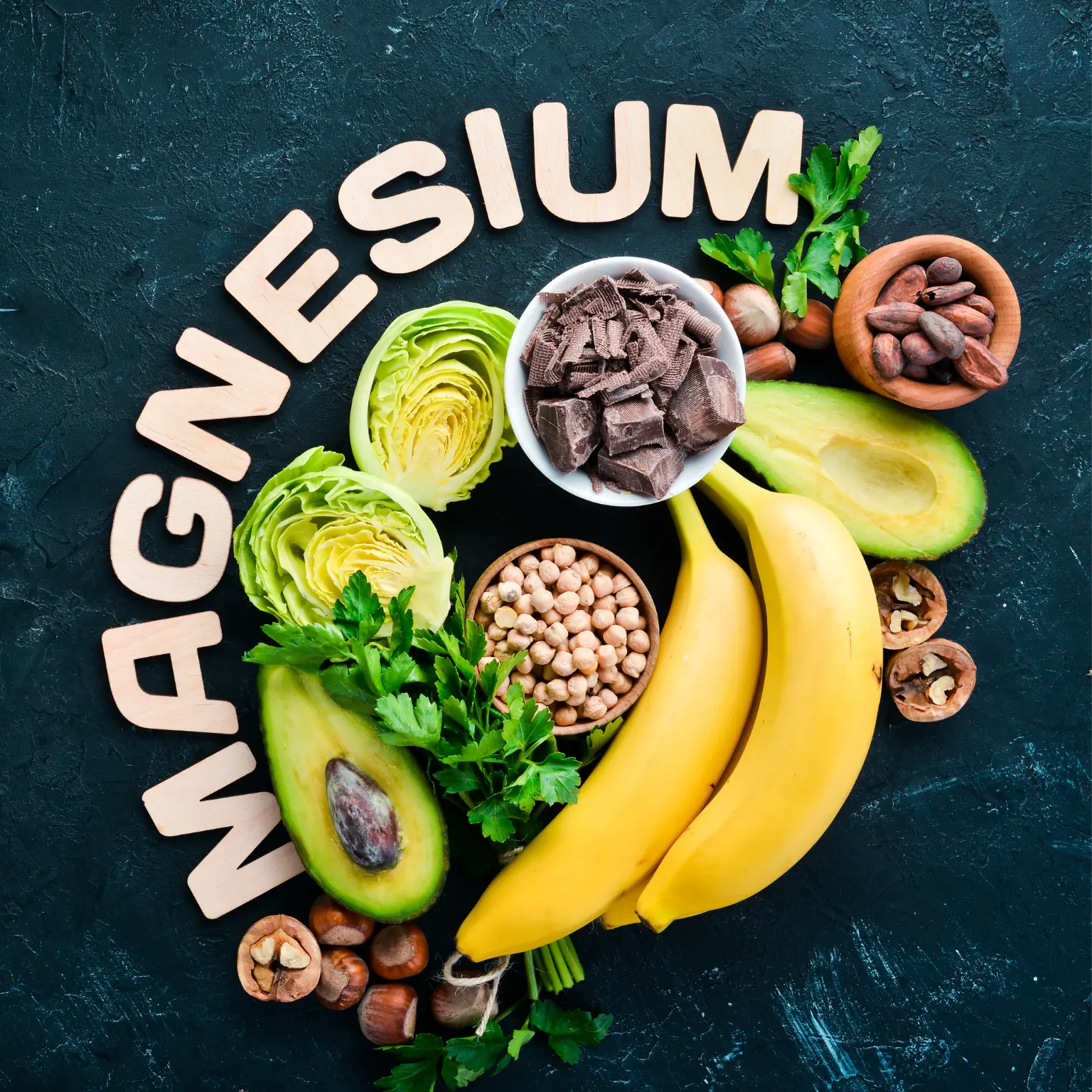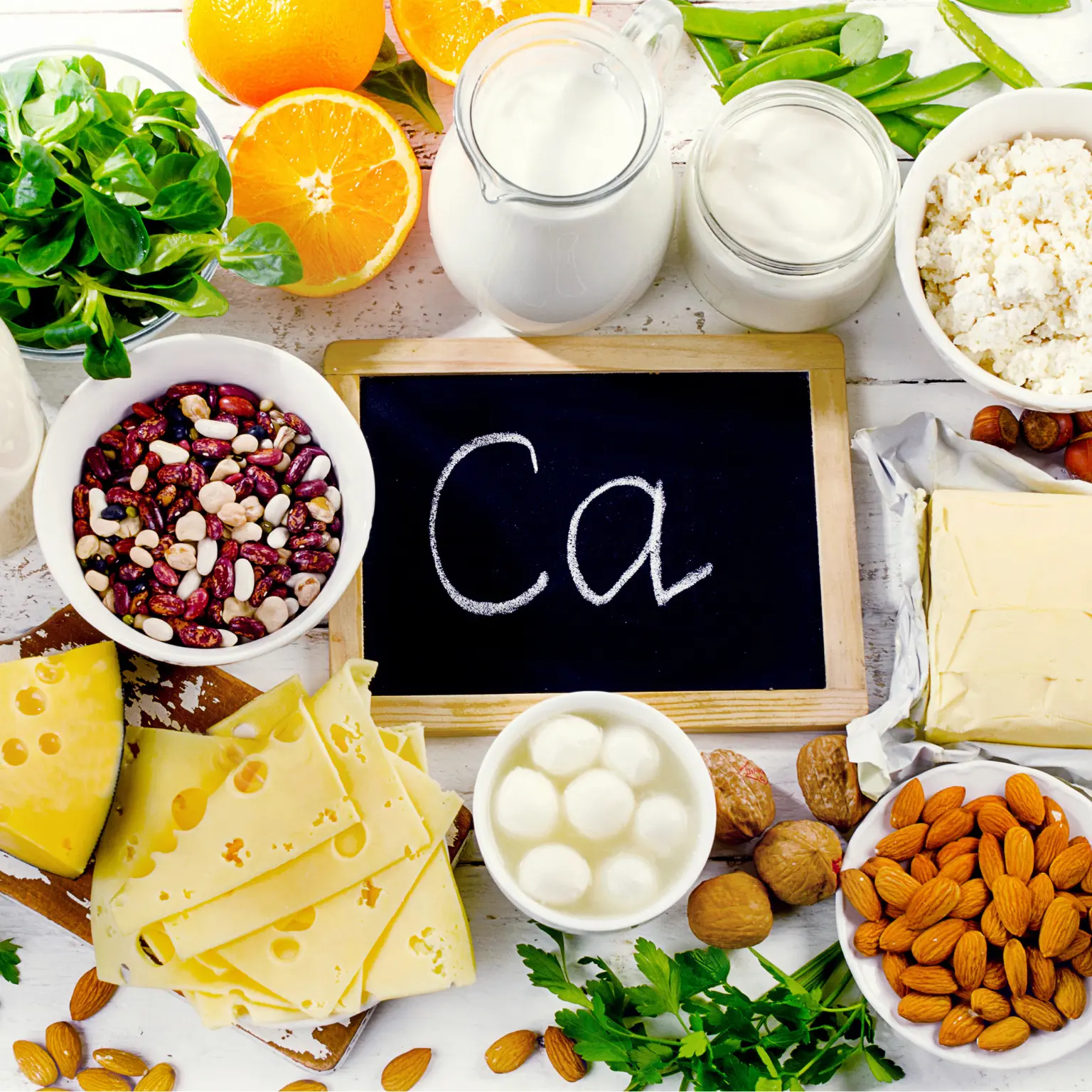A Beginner’s Guide to Weight Loss Meal Planning

Are you looking to lose weight and move forward with your well-being? Feast prepping can be a game-changer in your weight misfortune travel.
At Healthy Stride Wellness, we believe in the power of a well-planned diet to help you reach your goals. Meal prepping not only saves time and money but also ensures you have healthy, portion-controlled meals ready to go.
In this guide, we’ll walk you through everything you need to know about meal planning for weight loss.
Table of Contents
Key Takeaways
- Efficient and Adjusted Supper Arranging: Feast prepping permits you to arrange and get ready adjusted dinners ahead of time, guaranteeing you’ve got nutritious, portion-controlled choices promptly accessible. This helps you remain on track along with your weight misfortune objectives and dodge undesirable nourishment choices.
- Time and Cash Reserve funds: By cooking in clusters and buying fixings in bulk, supper prepping spares you time within the kitchen and reduces basic need costs. It too minimizes nourishment squandering, as you merely purchase and plan what you would like for the week.
- Customizable to Fit Dietary Needs: Supper prepping is highly adaptable to different dietary inclinations and limitations. Whether you’re vegan, veggie lover, high-protein, or low-carb, you’ll tailor your feast plans to suit your particular needs and guarantee you have tasty, sound dinners arranged in progress.
Getting Started with Meal Prepping
What is Meal Prepping?
Meal prepping involves preparing meals or meal components in advance, so you have ready-to-eat meals throughout the week. This approach helps you control portion sizes, reduce unhealthy snacking, and stick to your diet plan.
Essential Tools and Containers for Meal Prepping
- Containers: Invest in a variety of reusable containers. Glass containers are great for reheating, while plastic containers are lighter for on-the-go meals.
- Measuring Glasses and Spoons: These offer assistance to guarantee exact parcel sizes.
- A Good Knife and Cutting Board: Essential for chopping vegetables and proteins.
- Blender or Food Processor: Useful for making smoothies, soups, and sauces.
Planning Your Meals
Choosing the Right Recipes
When planning your meals, choose recipes that are simple, healthy, and fit your dietary preferences. Look for recipes that are balanced in macronutrients—proteins, fats, and carbohydrates—to keep you full and energized.
Balancing Macronutrients for Weight Loss
- Proteins: Fundamental for muscle repair and development. Incorporate slant meats, blessed messenger, eggs, beans, and tofu.
- Fats: Solid fats are pivotal for vitality and satiety. Add olive oil, almonds, seeds, and avocados.
- Carbohydrates: Select complex carbs like entirety grains, vegetables, and natural products for supported energy.
Incorporating Dietary Preferences
- Vegetarian: Focus on plant-based proteins like beans, lentils, tofu, and tempeh.
- Vegan: Include a variety of vegetables, grains, legumes, nuts, and seeds.
- High-Protein: Prioritize lean meats, fish, eggs, and protein-rich dairy products.
- Low-Carb: Focus on leafy greens, cruciferous vegetables, and high-protein foods.
Grocery Shopping Tips
Making a Shopping List
Create a point-by-point shopping list based on your feast arrangement. This helps avoid impulse purchases and ensures you have all the ingredients you need.
Buying in Bulk
Buying staples like grains, beans, and nuts in bulk can save money and reduce the number of grocery trips.
Choosing Fresh and Healthy Ingredients
Opt for fresh, whole foods over processed items. Look for seasonal fruits and vegetables, lean proteins, and whole grains.
Preparing Your Meals
Cooking in Batches
Cooking in large batches saves time and ensures you have enough meals for the week. Cook grains, proteins, and vegetables in bulk, and store them in separate containers.
Storing Your Meals Properly
Store meals in airproof holders to keep them fresh.. Use glass containers for items that will be reheated and plastic containers for cold meals.
Labeling and Organizing Meals
Label holders with the date and substance to keep track of freshness. Organize your fridge and pantry so that ready-to-eat meals are easily accessible.
Sample Meal Prep Plans
Vegetarian Meal Prep Plan
- Breakfast: Overnight oats with berries and nuts
- Lunch: Quinoa serving of mixed greens with chickpeas, cucumbers, and tomatoes
- Dinner: Stir-fried tofu with mixed vegetables
- Snacks: Carrot sticks with hummus
Vegan Meal Prep Plan
- Dinner: Prepared salmon with quinoa and steamed broccoli
- Lunch: Lentil soup with whole grain bread
- Dinner: Black bean and sweet potato burritos
- Snacks: Apple slices with almond butter
High-Protein Meal Prep Plan
- Breakfast: Greek yogurt with honey and walnuts
- Lunch: Grilled chicken salad with mixed greens
- Dinner: Prepared salmon with quinoa and steamed broccoli
- Snacks: Hard-boiled eggs
Low-Carb Meal Prep Plan
- Breakfast: Scrambled eggs with spinach and avocado
- Lunch: Cobb salad with turkey, bacon, and blue cheese
- Dinner: Zucchini noodles with pesto and flame-broiled shrimp
- Snacks: Celery sticks with cream cheese
Remaining Driven
Setting Realistic Goals
Set achievable goals that keep you motivated. Start with small steps, like prepping one meal a day, and gradually increase.
Tracking Your Progress
Keep a food diary or use a meal prep app to track your meals and progress. This makes a difference you remain responsible and make alterations as needed.
Finding a Meal Prep Buddy
Partnering with a friend or family member can make meal prepping more enjoyable and keep you motivated. Share recipes, prep together, and support each other’s goals.
Common Challenges and Solutions
Dealing with Limited Time
- Focus on simple recipes with minimal prep time.
- Prepare basic components like proteins and grains to mix and match throughout the week.
- Use time-saving tools like slow cookers or instant pots.
Avoiding Meal Prep Boredom
- Try new recipes and rotate your menu regularly.
- Use diverse flavors, herbs, and sauces for variety.
- Experiment with different cooking methods (grilling, roasting, steaming).
- Incorporate seasonal vegetables and fruits.
Managing Portion Sizes
- Use measuring cups, spoons, and a food scale for accurate portions.
- Divide suppers into person holders for simple grab-and-go.
- Helps avoid overheating and underpins weight misfortune goals.
Three Benefits of Meal Prepping Beyond Weight Loss
Sparing Time and Money
Meal prepping altogether cuts down on the day-by-day time spent cooking and cleaning, liberating up profitable hours in your week. By planning dinners in bulk, you’ll dodge the expensive enticement of requesting takeout or eating out, which can rapidly include up. With a well-thought-out basic supply list, you’ll buy fixings in bulk, sparing cash and diminishing the frequency of shopping trips.
Reducing Nourishment Waste
Planning and planning dinners in progress make a difference you utilize up all the fixings you purchase, minimizing the chances of nourishment ruining and being tossed absent. By portioning out dinners, you guarantee that each fixing is utilized successfully, which not as it were cuts down on squandering but also advances sustainability.
Improving In general Nutrition
Meal prepping gives you complete control over the fixings and parcels in your suppers, guaranteeing they are adjusted and nutritious. You’ll be able to carefully select wholesome, new fixings and maintain a strategic distance from unfortunate added substances and intemperate parcels, driving to way better dietary propensities and making strides in well-being results.
In Short
Meal prepping could be an effective device for anybody looking to lose weight and move forward in general health.
By planning your meals, shopping smart, and preparing food in advance, you can ensure you always have healthy, delicious meals ready to go. Start with simple steps, stay consistent, and enjoy the benefits of a well-prepared diet.
For additional advice and tools on meal planning and reaching your weight loss objectives, visit our website, Healthy Stride Wellness!
FAQs
How can I keep my meal preps interesting and avoid boredom?
Rotate your menu regularly and try new recipes. Use a variety of spices, herbs, and sauces to enhance flavors. Experiment with different cooking methods and include seasonal produce to keep meals exciting.
What are a few time-saving tips for supper prepping?
To save time, choose simple recipes, cook in batches, and use tools like slow cookers or instant pots. Prepping ingredients like chopping vegetables in advance can also speed up the process.
Can I still meal prep if I have dietary restrictions?
Absolutely! Meal prepping is highly customizable. Whether you’re vegetarian, vegan, gluten-free, or have other dietary restrictions, you can tailor recipes to fit your needs and ensure you have healthy meals ready to go.
Please Note: Healthy Stride Wellness provides educational content and is not a replacement for medical advice. Consult a healthcare provider for any health issues.




